Last Updated on July 30, 2021
PLOT: A nefarious coven of witches at a Berlin dance Academy set their sights on a promising new American dancer who arrives in 1977.
REVIEW: Luca Guadagnino’s SUSPIRIA is a luridly seductive fever-dream. Ardent Argento acolytes might feel affronted by Guadagnino’s drastic sensorial departure of his SUSPIRIA – the drab color palate, melancholic music and exotic dance numbers – yet still stumble away bewitched by the same spiritual sway of the intoxicating Italian horror classic. Little bones were made about SUSPIRIA being my most anticipated film of the fall, and I can elatedly relay that the film largely lived up its lofty expectations, however unfair or improbable to meet they may be. Many facets account for this, chiefly in the way Guadagnino sets a sinister tone, evokes a menacing mood, and slowly entrances the viewer in the precisely the same hypnotic way is happening to the characters in the story. Sounds so simple. But between that, his obvious love of horror films (not just Argento’s template), A-list craftsmen and collaborators in front of and behind a camera the casts a woozily inebriated eye, unparalleled blitzkrieg of carnage, the unflinching finale of which soars to a gorily gorgeous operatic crescendo – however ambitious, contrived, demanding, and divisive it may be – SUSPIRIA’s a sensually sinister and spellbinding cinematic splendor!
Berlin 1977. The picture opens with a title card warns of an impending six acts and an epilogue. A harried, pouty-lipped nubile named Patricia (Chloe Grace Moretz) visits a doddering old German psychoanalyst named Dr. Josef Klemperer (played by Tilda Swinton under mounds of makeup). Patricia must vent about the sinister supernatural goings on at the Tanz Academy, concerns which Dr. Klemperer largely dismisses as a mere figment of a young girl’s wild imagination. Soon after, Patricia disappears, at which point we shift our attention to the arrival of Susie Bannion (Dakota Johnson), a bashful Ohioan dancer with no professional training. Yet, as soon as Susie enters the academy, she demonstrates an eerie, preternatural knack for a spastic, almost possessive form of interpretive dance that wins the favor of her teachers, chief among them Madame Blanc (also played by Swinton), who vows to have never seen such inherent abilities as Susie showcases. Adhering to the skeletal structure of Argento’s plotline, Susie becomes coveted by a coven of calculating conspiratorial sorceresses.
Along the way, Susie befriends Sara (Mia Goth in a show-stealing turn), a fellow dancer who helps her acclimate to the strife-laden Berlin of 1977. Terrorism is rampant, patriarchal powers cling to old ways, and feminism is on the rise. When Sara and Susie learn Patricia hasn’t merely left the academy on her own volition, but has mysteriously vanished, they begin to investigate in earnest. Sara in particular begins to uncover the heinous history of Tanz Academy, shining light on the macabre and malefic dark-art rituals held by such imposing figures as Miss Tanner (Angela Winkler), Miss Vendegast (Ingrid Caven), Miss Griffith (Sylvie Testud), Miss Huller (Renee Soutendijk), et al. As Sara closes in on the truth, it becomes clear that Susie is being targeted as both a sacrificial soul and power-pawn meant to revivify ancient evils and ward off ascendant feminine wiles. Dr. Klemperer is integral to this thematic through-line, reinforced by having Swinton play the role herself. While her unrecognizable façade is sort of self-defeating (at least her name is credited now, as opposed to the previously listed fictional Lutz Ebersdorf), the point she, Guadagnino and writer David Kajganich are making about female powers and capabilities threatening to eclipse that of old white men clinging to tradition is still timely and topical.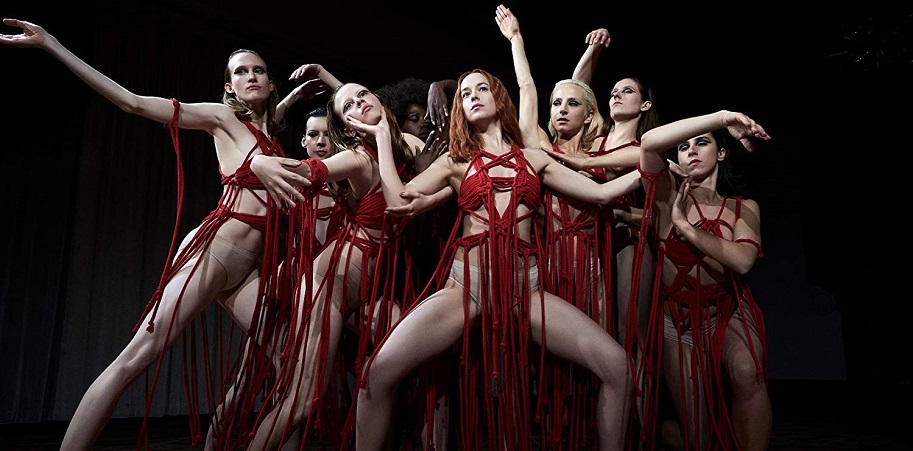
As a high-art-low-brow slumgullion of psychological dread, spastic body horror, conspiratorial covens, gory witchcraft, and melodramatic demonic possession – the most impressive thing about SUSPIRIA is the way it enraptures the viewer with a hypnotic hold, rightly reflecting the precise way in which the characters, Susie specifically, falls prey to the evil allure of the coven. The deliberate pacing, the somber instrumentation, the lengthy runtime (152 minutes), and Johnson’s staid performance lend for this kind of possessive takeover of the senses. We feel what the characters feel as they feel it, which sounds so easy and obvious, but is rarely achieved with qualitative consistency in a horror movie. And because Guadagnino and Thai DP Sayombhu Mukdeeprom (CALL ME BY YOUR NAME) also shoot the movie in a way that also aptly mirrors the sensibilities of 70s filmmaking – stylistic flourishes using zooms, pushes, pulls, pans, deep focus, long shots, unbroken takes, paranoid framing which wanders to keep your eye trained to the corners of the screen, etc. – the baleful beguiling of the audience doubles its impact. Much of this is done, as counterpoint to the viscerally exorbitant stints of maw-gaping violence, through the sensual interpretive dance numbers that feel both choreographed and spontaneous throughout the movie.
I do find it hilarious and ironic that the most pretentious film critics in the country deem SUSPIRIA to be too contrived and self-serious; likely the same folks that dismissed Kubrick’s EYES WIDE SHUT yet lauded Aronofsky’s BLACK SWAN. No, Guadagnino wallowing in his high-artistic mores and humorless tone isn’t the issue to complain about, especially when it makes one lose focus on how the movie ultimately celebrates the awesome and unparalleled power of the female body and its expression. No, the real issue isn’t the pretension; it’s the overindulgence and lack of discipline of Guadagnino and longtime editor Walter Fasano to reign in the excesses. It’s not the overlong runtime itself I take issue with, so much as the time being spent on too many thematic tentacles that never quite come together in a satisfying way that atones for the choppy flow of the film. Unfortunately, it’s the Dr. Klemperer narrative that wears out its welcome. The choice to cast Swinton as a man is an inspired one (she plays a third role as Helena Markos as well), but really serves to spark external debate when the movie is over. Diegetically however, as it’s happening, this storyline sort of saps the movie’s momentum.
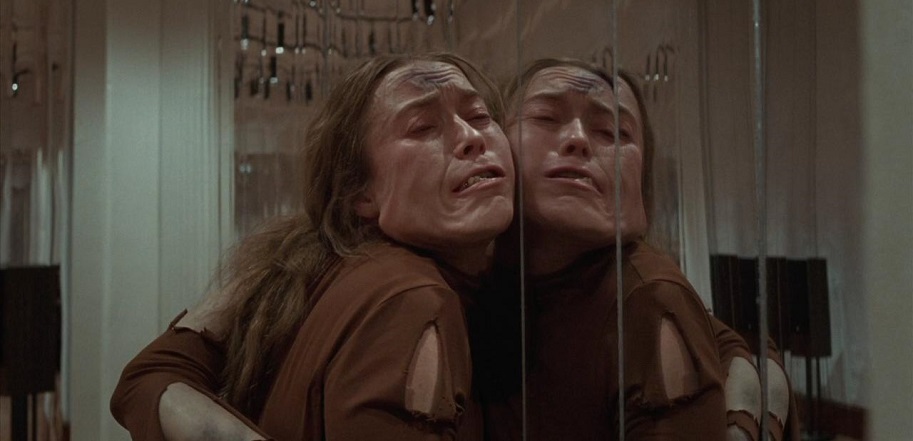
Horrifically, where SUSPIRIA really distinguishes itself is in Guadagnino’s eye-averting, jaw-flooring, gut-bubbling bouts of abject carnage. Just as we lauded Aster’s HEREDITARY for being a movie meant for the most grizzled and calloused horror film fans, not one for those with a soft stomach, when it comes to graphic depictions of gory violence, SUSPIRIA is second to none. Much of this is reserved for the manically maddening operatic finale, but also seen in perhaps the films scariest sequence when a dancer named Olga (Elena Fokina) is grotesquely contorted into a viscid pile of cracked bone and bodily fluids. The hysteria reaches histrionic heights that some may find laughable, but when all aspects are considered – the daring new direction Guadagnino steers us in, the dedicated performances given by all involved, the sumptuous sets and cinematography, the unmatched clip of hyper-violence and concomitant bloodshed, the feting of feminism, and the hypnotic synecdoche of all of the above easily makes SUSPIRIA one of the best horror films of the year!



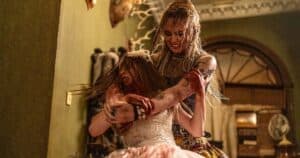


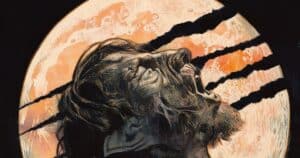


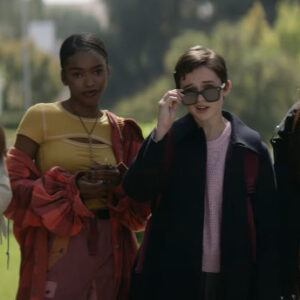


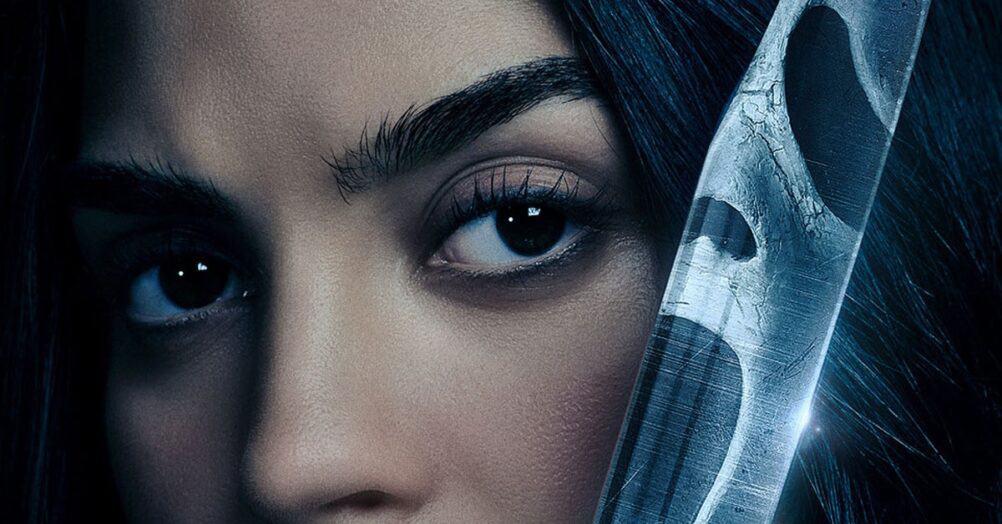
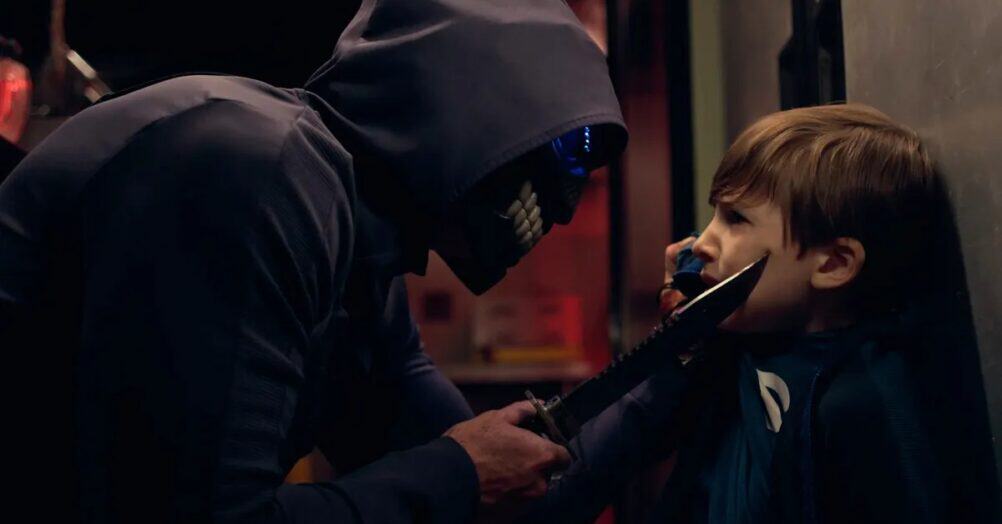
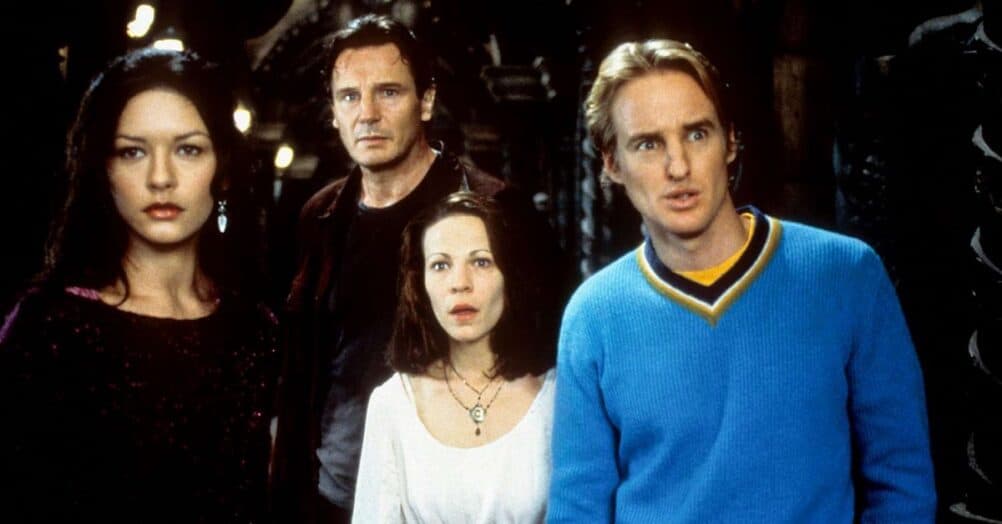
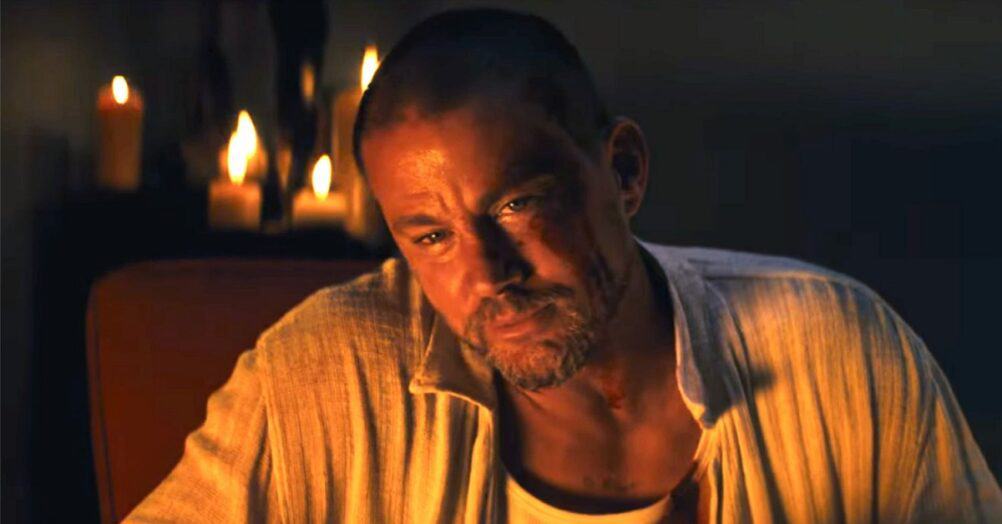
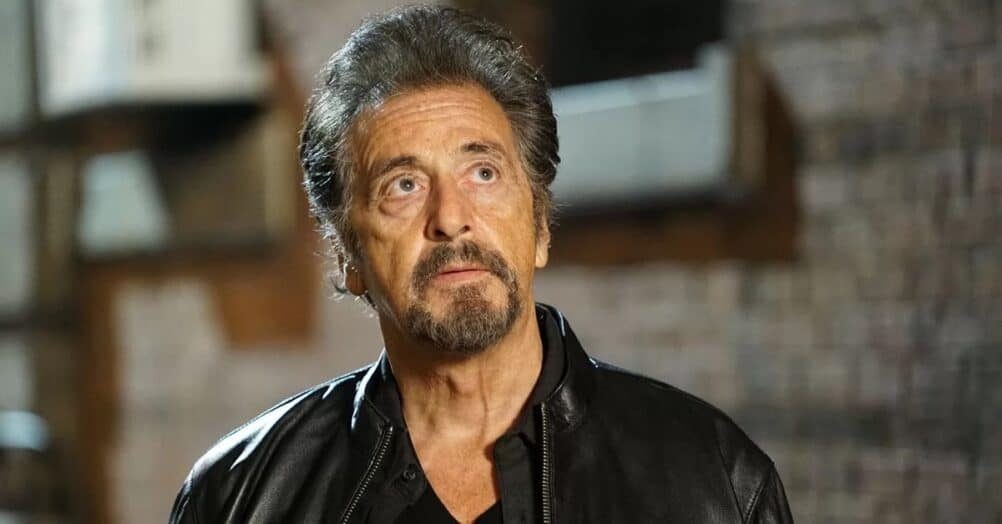
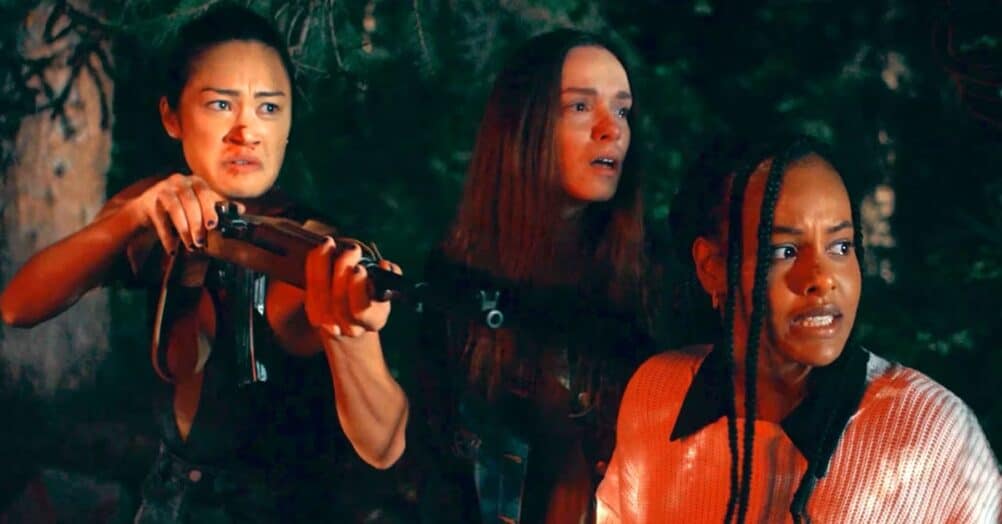
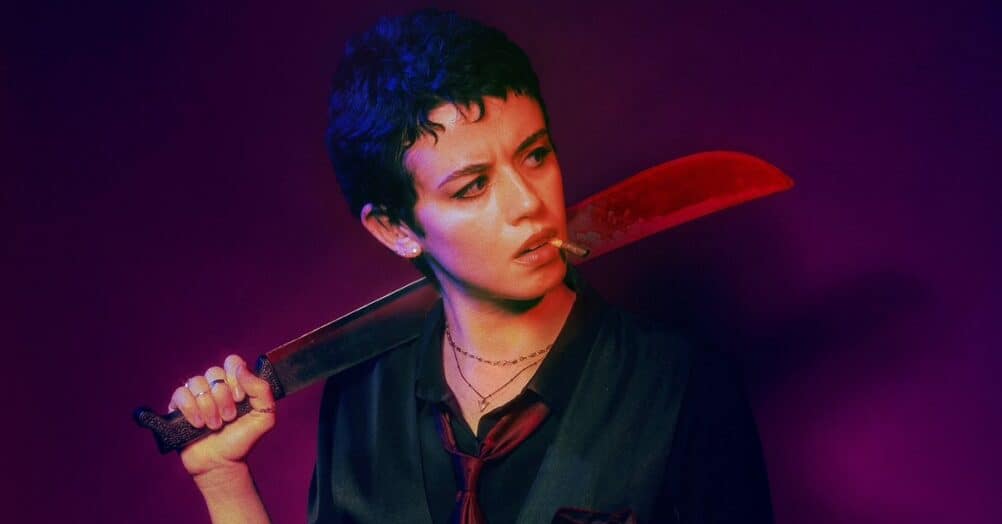

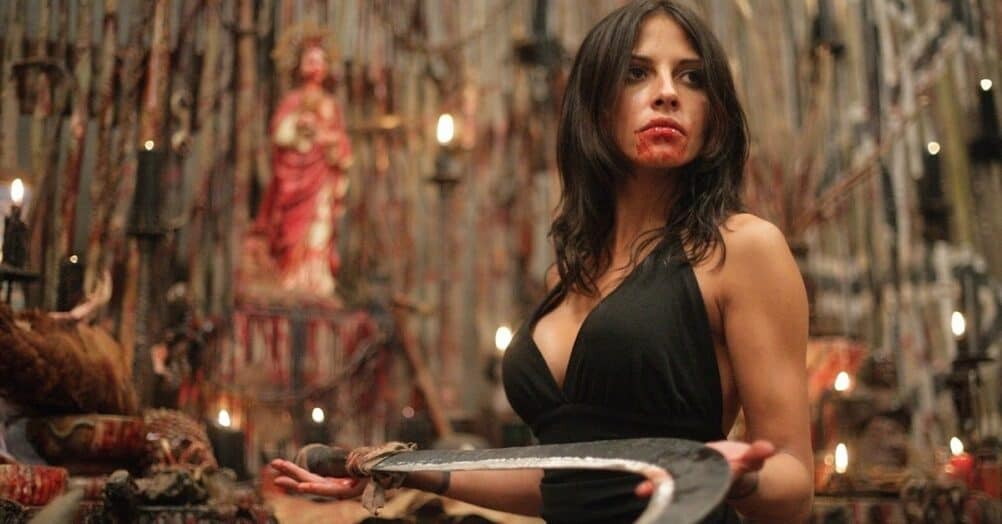
Follow the JOBLO MOVIE NETWORK
Follow us on YOUTUBE
Follow ARROW IN THE HEAD
Follow AITH on YOUTUBE